By 2017, the typical mobile user will share their personalised data stream with 100 applications and services every day, with wearable devices and Internet-connected appliances fueling the use trend, according to Gartner.
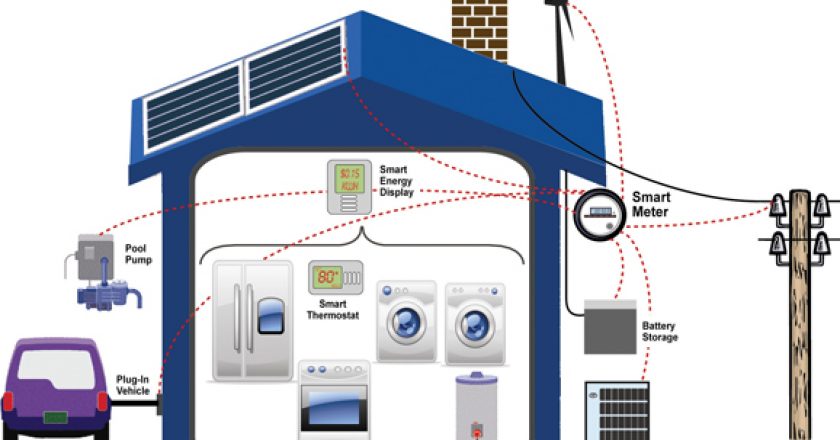

By 2017, the typical mobile user will share their personalised data stream with 100 applications and services every day, with wearable devices and Internet-connected appliances fueling the use trend, according to Gartner.
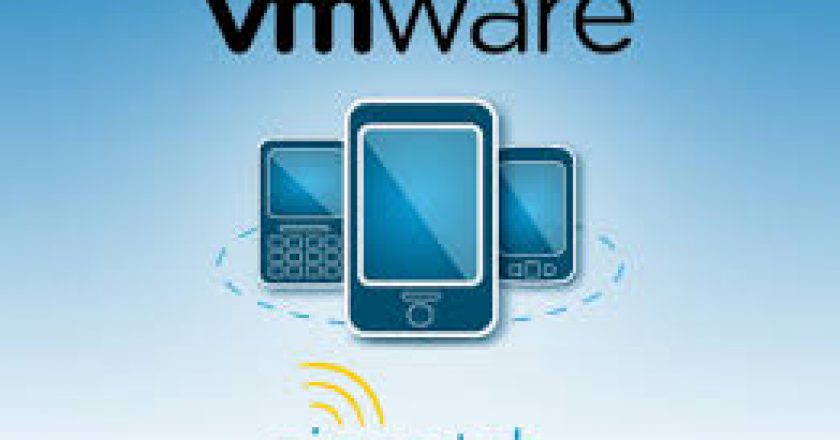
VMware has reached a deal to acquire mobile management specialist AirWatch for US$1.54 billion, with $1.175 billion being paid in cash and $365 million arriving in installment payments and assumed unvested equity.
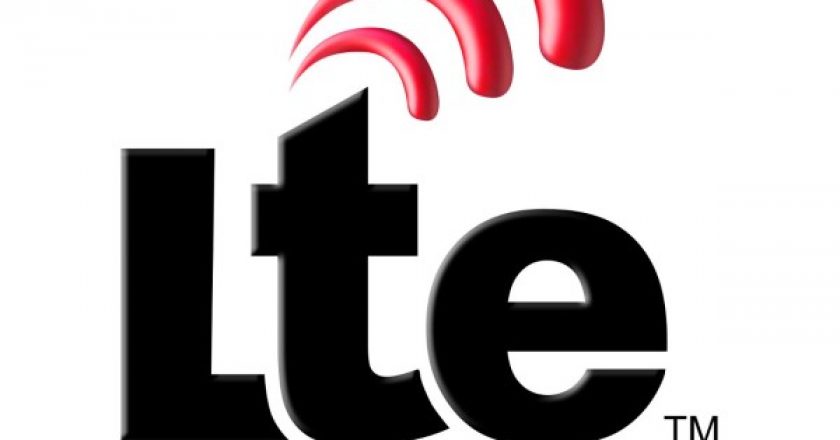
Just as many consumers are getting their first taste of speedy 4G LTE connections, carriers around the globe have begun pouring resources into building LTE-Advanced networks, which promise even faster and more reliable mobile access.
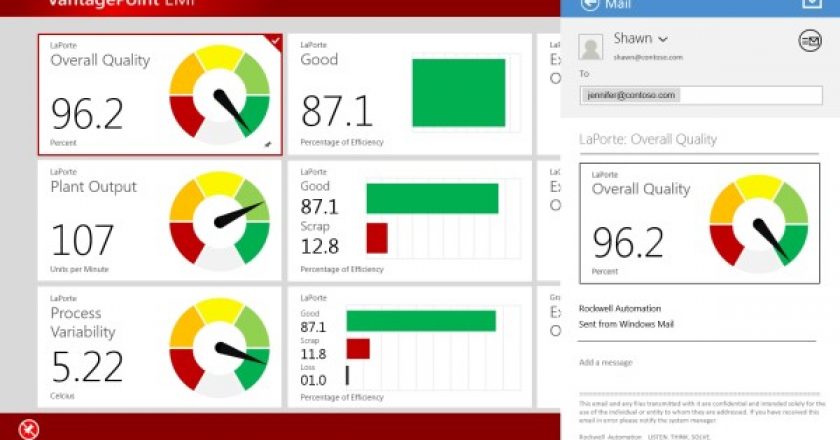
Rockwell Automation has announced the release of a new FactoryTalk VantagePoint Mobile App made to work natively for Windows 8.1.

Bing has barely any market share in China, but Microsoft hopes to change that in the next year or two by investing more resources into the local version of the search engine.
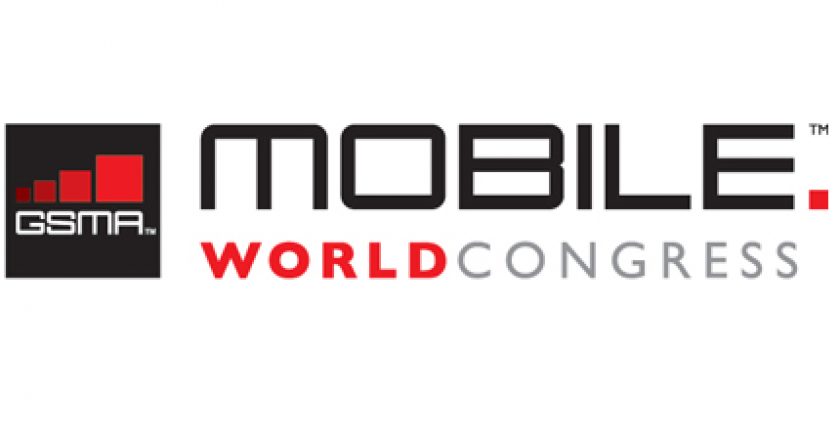
We’re still recovering from the monster that is CES but that means Mobile World Congress (MWC) is fast approaching so here’s what smartphones to expect at the 2014 show held in Barcelona.
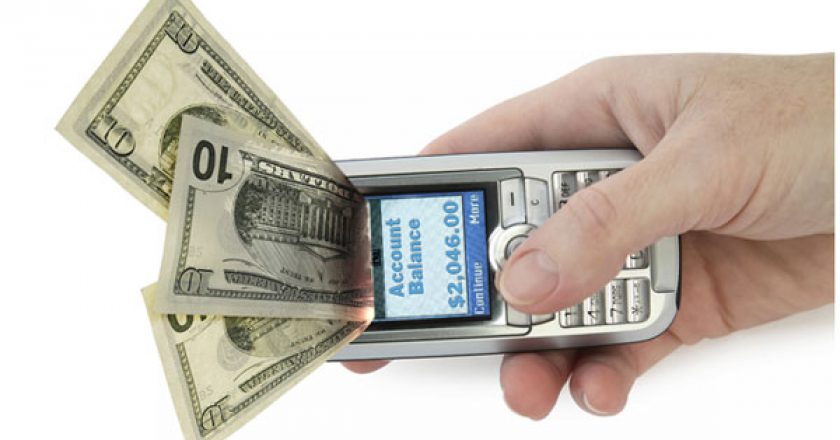
More than a third of UAE users do not feel safe making e-payments on their smartphones or tablets, according to research from Kaspersky.

Scammers have devised new ways to trick users into revealing personal information, hand over control of computers and pay for unnecessary software and tech support services, security experts warn.

CIOs at midmarket and large companies in Europe and the U.S. will spend 4.5 percent more on IT products and services this year than in 2013 as they focus their budget priorities on cloud computing, ERP and analytics software.

Tablet consumers have taken as big a bite out of Mac growth as they have out of personal computers in general, showing that Apple is not immune to the seismic shift it triggered with the iPad.

The adoption of digital and self service channels in Malaysia and Asia shows that banks are sharpening their focus on adapting services to meet the demands of an increasingly tech-savvy consumer, said financial IT services firm Sungard’s vice president, product management, banking, Dean Young, during an interview with Computerworld Malaysia.

The healthcare industry is notorious for the amount of paper it consumes. From lengthy patient records to scribbled prescription notes, hospitals and healthcare organisations are always grappling with the problem of what to do with its masses of paper.

Analysts at both Gartner and IDC reported the seventh straight quarter of declining PC shipments, although both firms saw a light at the end of the tunnel.

Qualcomm’s CEO said his company has the capabilities to build ARM server chips but was careful not to disclose any product plans at the International CES in Las Vegas.
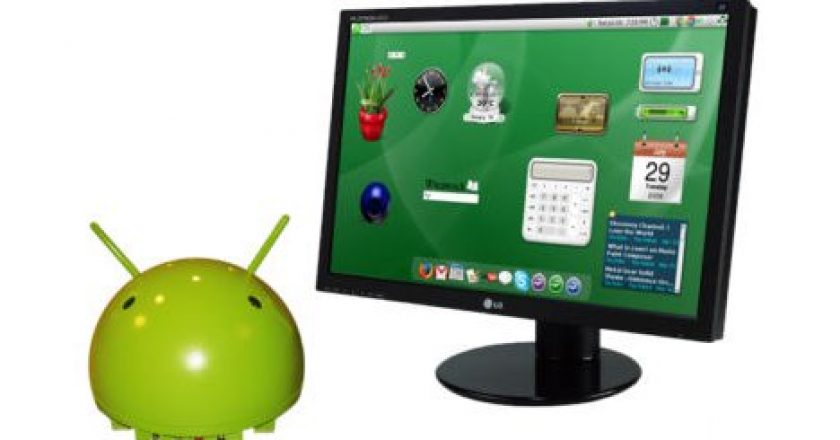
More PC makers are bringing Android to desktops as users increasingly turn to the Internet for apps, storage and entertainment.

Worldwide IT spending is projected to total $3.8 trillion in 2014, a 3.1 percent increase from 2013 spending of $3.7 trillion, according to the latest forecast by Gartner.
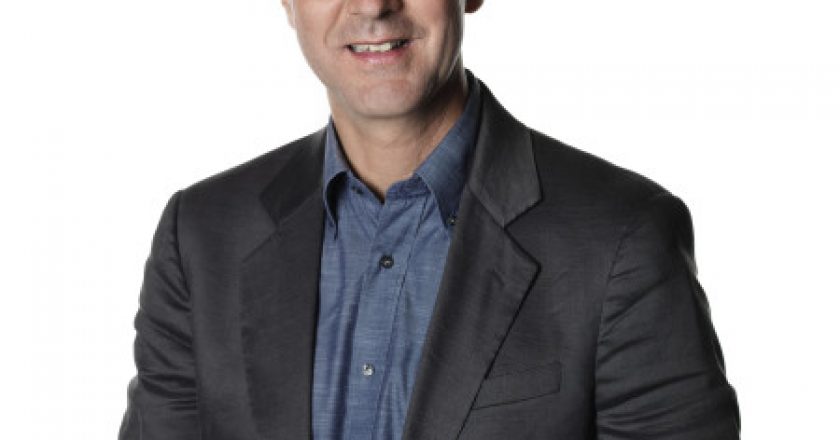
Anders Lindblad, President, Ericsson Middle East offers his tips for the top consumer trends of 2014.

Moore’s Law created a stable era for technology, and now that era is nearing its end. But it may be a blessing to say goodbye to a rule that’s driven the semiconductor industry since the 1960s.
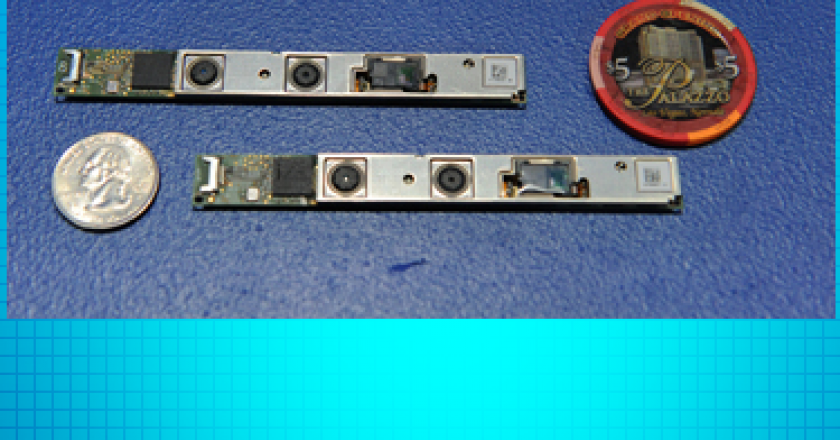
It’s official: The notebook computer can now see as well as take your picture. Meet the Intel RealSense 3D camera.
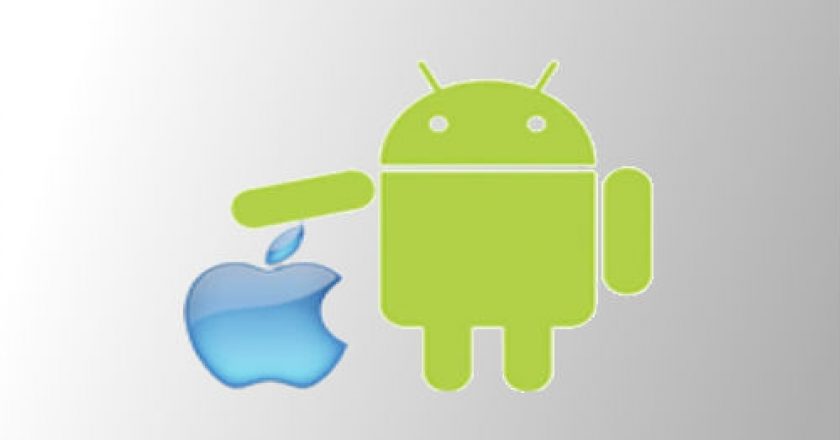
This year vendors will ship 1.1 billion Android-based devices, while Windows will stage a small comeback and the number of Apple machines, percentage-wise, will increase the most, according to estimates from market research company Gartner.